One of the most surreal parts of living in our era of digital oversaturation is that we not only have immediate access to commentary on current events, we get to choose slight variations in the branding of our commentary. Do you prefer Seth Meyers or Stephen Colbert? Maddow or Hannity? CNN or MSNBC? Coke or Pepsi? Netflix and Hulu are also in competition for our attention spans, often running original programming on similar subjects to edge each other out. Never has this competition been more apparent than their dueling documentaries on the spectacularly disastrous Fyre Festival.
If you even remotely engage on social media, no doubt you remember watching the mayhem unfold in the Bahamas as a gaggle of rich millenials live-tweeted about the luxury event-turned-Lord of the Flies-style island nightmare known as Fyre Festival. Both documentaries on the incident, FYRE FRAUD (Hulu) and FYRE: THE GREATEST PARTY THAT NEVER HAPPENED (Netflix), attempt to deconstruct how such an abysmal failure took place. Truth be told, both documentaries are well-produced and anxiety-inducing, and the two had slightly different access to participants in the debacle, so both are worth seeing. The clear picture that emerges from the two is that the founder of Fyre Media, Billy McFarland, whose delusional vision drove Fyre Festival, is a grifter and pathological liar of cartoonish proportions. The primary contrast in the two documentaries lies in who participated in each documentary, and this is where a fascinating narrative about how we survive in an era of constant bullshit really takes form.

The primary distinction between FYRE FRAUD and FYRE is that the latter was produced by members of Jerry Media, the social media PR company that ran the campaign for Fyre and helped generate massive buzz for the festival that never was. What’s worth noting is how little Jerry Media’s role is discussed in FYRE: they pop up in a few scenes, but are mostly portrayed as just another company taken along for a terrible ride. By contrast, in FYRE FRAUD, a former Jerry employee portrays Jerry Media as actively deciding to continue promoting the festival when there were obvious signs that it was never going to come together. This sleight of hand method of making Jerry Media seem like simply another innocent actor hoodwinked by Billy McFarland is impressive; if you only watch FYRE, it would be easy to not think about the company’s role in selling a false bill of goods at all. It’s only in the synthesis of both documentaries that a clearer picture of all the people who actively chose to take part in a massive scam billed as the millennial generation’s Woodstock comes to light.
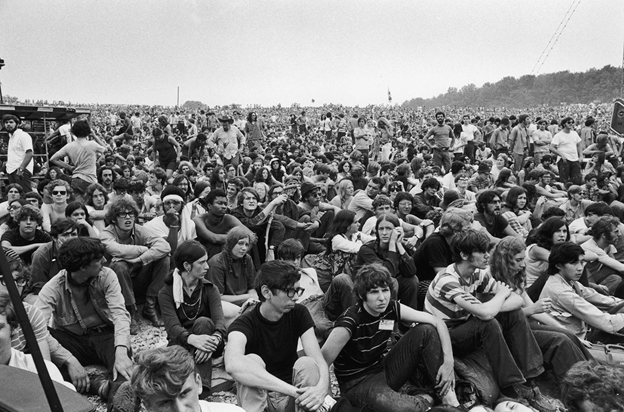
This is a theme that’s become increasingly hard to ignore over the last few years. We all know, on some gut level, that our media isn’t giving us “the whole truth.” Instinctually, most of us understand that our preferred news source has biases and blind spots, but the amount of work it takes to separate definitive facts from editorializing is exhausting. We all know things are bad and getting worse, we all want someone to tell us that in a way this makes the news slightly more bearable, and besides, reading BBC articles is painfully boring. Most of our sources aren’t outright lying to us either, they’re generally just not telling us the whole truth. If you simply don’t make too much hay of Jerry Media’s role in luring dumbass rich millennials to a remote island, you don’t really leave people thinking too poorly of Jerry Media. This is not just the strategy of slickly produced Netflix documentaries, it’s the strategy employed by all major media outlets.
The reason our news outlets in the US tend to obscure parts of the stories they tell is simple: all news media is beholden in one way or another to corporate investors and advertisers, so all media has a requirement to tell their stories in such a way that does not threaten their particular investors. Simultaneously, major media outlets tend to not be willing to run stories too critical of the United States (particularly our military) because they risk losing access to those sources if they do so. On the whole, this leaves us, as news consumers, with the distinct impression that what we are consuming has more than a whiff of bullshit. Somewhere in the back of our minds, we feel the cognitive dissonance of knowing we’re not getting the full story, but it’s hard to know where the careful omissions are being made.
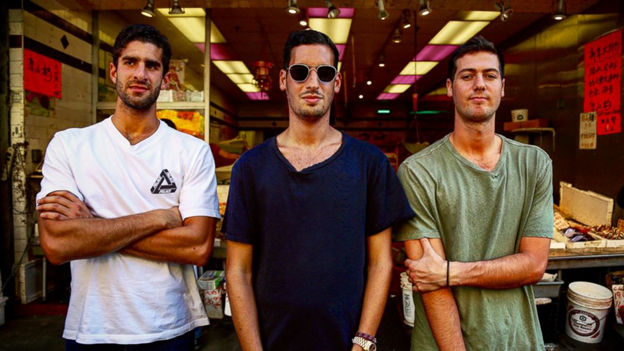
Unfortunately, these are the brilliant propagandists of our time
This may be why we are so fascinated by Billy McFarland, a man who is an absolute black hole of bullshit. Through both documentaries, people constantly refer to Billy as an intensely charismatic entrepreneur, but in hindsight it’s very difficult to understand how anyone could have been taken in by a man with the energy of a manic used car salesman. Billy seemed to have a unique talent for knowing what to promise people with ludicrous amounts of money to bring their wildest dreams within reach, but the documentaries both show how even the slightest double-checking of Billy’s promises resulted in exposing naked lies. Billy isn’t the first character we’ve encountered like this in recent history: he essentially comes off as the millennial Bernie Madoff, a person with the knack to grift wealthy people by preying on their desires. Hell, our president built his entire fortune by creating a brand that generated the illusion of wealth, and look where that got him.
Billy’s real talent was the ability to perfectly create the illusion of a legitimate festival on Instagram, a space already deeply committed to bullshit. We all understand that the images presented on Instagram are manipulated, but the products sold to us on the platform are also often times deceptive. It’s not just ludicrous festivals in the Bahamas that are sold to us on the platform: weird protein shakes, shittily made clothes, and diet supplements also constantly bombard us. If Kendall Jenner can be paid to promote a festival that doesn’t exist, how many of the makeup brands that she promotes are also legitimate?
What’s especially disheartening about both Fyre documentaries is that they both draw the conclusion that Fyre is the defining music festival of the millennial generation. The horrific Woodstock ‘99 is often referred to as the worst music festival of all time, but at least actual artists got on actual stages and actually performed music. With Fyre, people bought into the idea of an experience that was never going to exist; they threw themselves thousands of miles away only to be greeted by FEMA tents and pathetic cheese sandwiches. Our saturation of bullshit, our desire to believe that something luxurious and exotic could be possible for a few thousand dollars, seemed to have reached its peak with Fyre Fest. Our collective cognitive dissonance, the collision of expectations buoyed by bullshit crashing against hard reality can be perfectly summarized by the footage of the festival-goers seeing their campsite for the first time.
This story isn’t an absolute tragedy; no one was physically harmed at the festival, but the amount of money pissed away for a pipe dream is deeply troubling. It’s troubling that Billy McFarland was able to get people to give him millions of dollars for an event that was logistically impossible. It’s troubling that people had tens of thousands of dollars to blow on the tickets for this event when it’s estimated that 43 million people live below the poverty line in the US. It’s troubling that dozens of Bahamian day laborers were worked relentlessly only to never be paid. Sure, Billy McFarland is going to spend six years in jail for what he did, but the damage that his bullshit caused can’t be so easily reconciled.
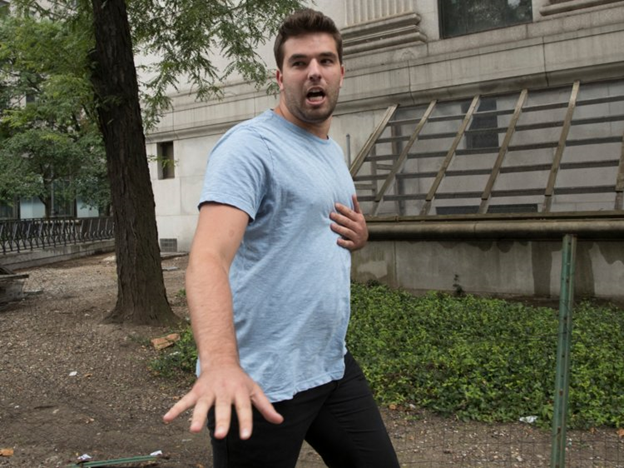
Look, ye mighty, on the entrepreneurial wunderkind of a generation and despair
Living in a world where we know everyone is lying to us, in one way or another trying to con us, is exhausting. Wealth inequality is at the heart of the story of Fyre Fest; the people with access to extreme wealth got caught up in their own folly, those of us making do with less got to laugh on Twitter. Yet neither documentary makes much of this separation: FYRE FRAUD briefly acknowledges that the average millennial is more likely to be living with their parents and desperate for the escapism Fyre promised. In FYRE, Billy gets caught on camera saying “We’re selling a pipe dream to the average loser.” But neither documentary dwells on just how much post-recession America has been based around precarity versus the desire to appear wealthy. Neither documentary directly addresses that there has been a shocking concentration of wealth in the hands of fewer and fewer people over the last decade, because that’s an elephant in the room we rarely directly address. Fyre Festival is a by-product of the inequality that permeates every aspect of our lives, but very little of our cultural vocabulary enables us to easily discuss it in those terms. Once you frame the event in that way, it becomes undeniable, but we’re so myred in bullshit that we can make two different documentaries on the same subject and barely discuss it at all. If there’s anything to take away from the two films, it’s that we’ve all got to get much, much better at calling bullshit for what it is.







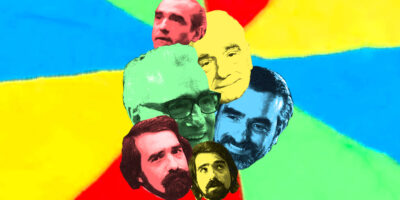




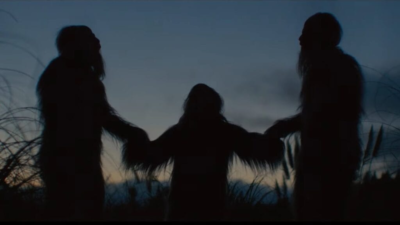


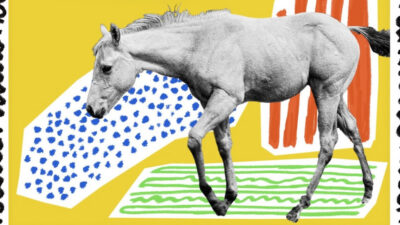
Comments